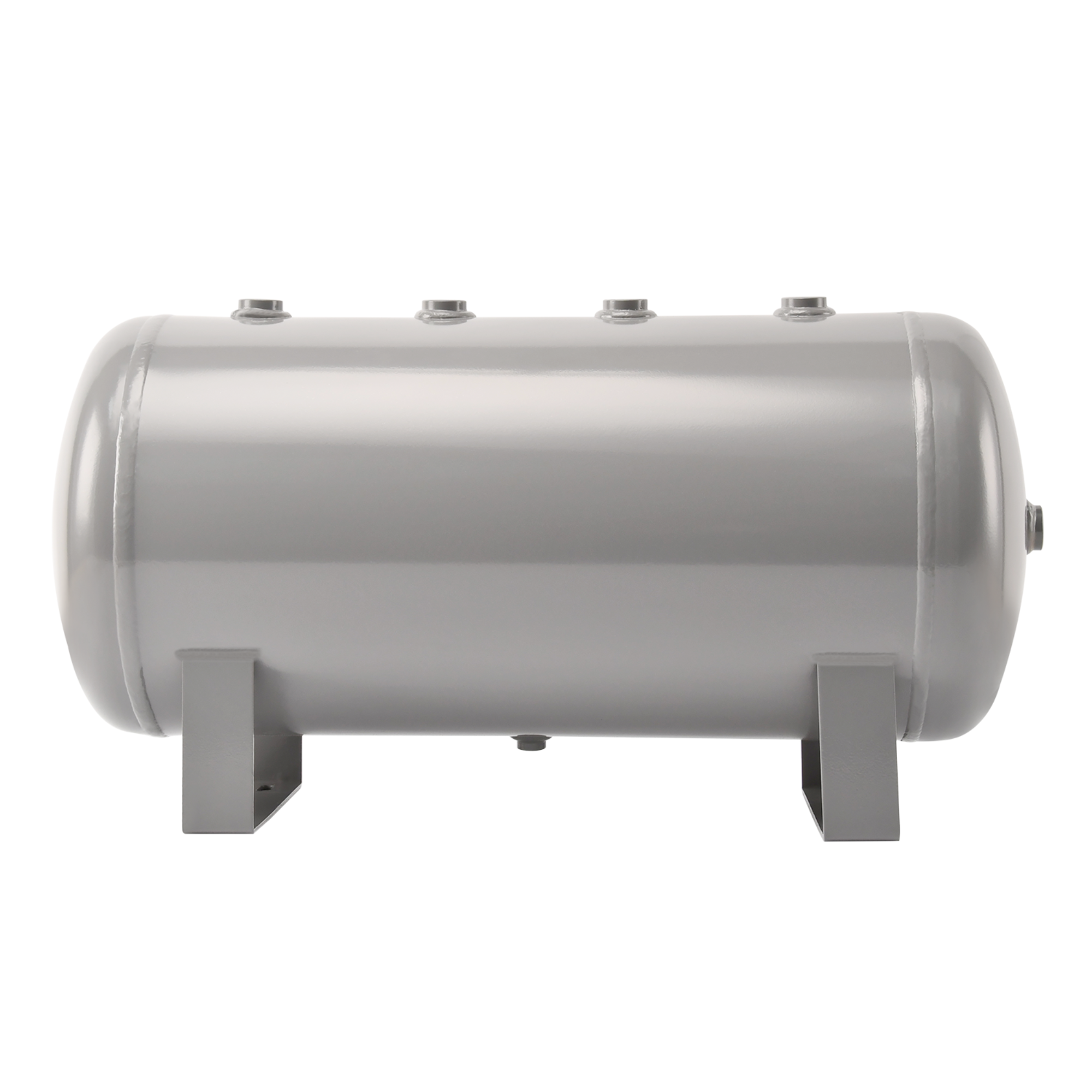In the complex world of industrial processes, foam control is a key component in maintaining efficiency and quality product production. A commonly confused pairing of terms are antifoam and defoamer, which implies that foam should not be forming at all or any bubbles present popped. Although they both have their own unique properties that try and make up for what we find annoying with standard foam, a deeper look reveals different chemical formulas as well how those two types of foams can perform to numerous applications; not even talking about the enviromental impact. This blog aims to demystify these nuances with its use cases and the new green options associated.
Uses of Antifoam and Defoamer in Industries
Foam creates a layer of gas bubbles in the liquid medium and can adversely affect all types of industrial processes, decreasing mixing efficiency, suspending heat transfer or even causing spilling over. Also supplied were defoamers for high salt applications and hydrocracking antifoams -- although a significant difference between the two is method of application:interfacial (antifoaming agents) and bulk(defoamer). Typically, antifoams are added intentionally and function as defoaming agents before foaming occurs. They are generally added subsequent to foam formation unlike defoamers, which assist fast disintegration of existing foam. In industry, you often lose track of the primary aim that these technologies are serving so both term may be used interchangeably but to know what it does in real life helps or support right technology application.
This is not like defoamers it acts differently.
Antifoams are surfactants, i.e., their use diminishes the surface tension of liquid-air interface and inhibits foam formation. They contain surfactants to decrease surface tension and hydrophobic particles which adsorb at the foam films close-off Plateau borders thereby inhibiting bubble coalescence. Antifoam agents are specifically made for eliminating foam quickly. So they enter the foam lamella, distrupts bubble-bubble interactions and facilitate trapped air releasing braking to have a quick foams structure collapse. They are both disbursed in an oil or silicone based carrier to allow them to be spread through the system easily.
Applications of antifoams and defoam
Antifoam or Defoamer: A standard decision which moved concerning how the fluid is connected and what foam we are dealing in our solid compound products. Antifoams are commonly used to control foam in processes where it is undesirable, and its formation at any stage must be completely prevented for the end product quality like fermentation process paint-making food materials etc. However, defoamers are critical in wastewater treatment plants, paper mills and oil drilling operations where foam needs to be controlled without delay so that priority services can continue running properly-and using cheaply.
Antifoams vs Defoamers: Formulation Differences What You Should Know
Despite contributing to the same process (destruction of foam) by both, antifoam and defoamer formulations as we have discovered in this article differ slightly from one another so that they may effectively perform their functions. As a rule, antifoams are designed to have long effects; consequently they will eventually settle and restore surface-active properties that remain in suspension as opposed precipitating out contaminating the final product elsewhere on-field - after time. On the other hand defoamers are formulated to have faster foam knockdown - containing more aggressive frothing agents and solvents in higher loadings. Specifically, silicone-based defoamers are popular for their high efficiency and rapid disintegration properties; water based antifoams rule in more delicate sequences asking lower residue limits.
FOAM APPEARANCE IN NATURAL ENVIRONMENT AND ECO-FRIENDLY DEFOAMERS/ANTIFOAMS
Thus, the discovery and production of green antifoams/defoamers have become more important with increasing environmental concerns. This is especially true if it comes to the silicone-based or with mineral oils adding traditional ones that make biodegradability notoriously difficult and can have disastrous effects on the environment. But natural solutions both with the next-gen iterations and technologies to make BRAVENEL & SLIPKA also help this, so an actual plant extract or vegetable oil emulator appears rather than a follow-up toxic conventional chemical. While these eco-alternatives address sustainability issues, they also meet increasingly stringent green criteria and those specific to certain industries that need foam control for low-profile stainless steel tanks.
Above features are some of the highlights which help you to narrow down unique properties & functionality between antifoams and defoamers in industrial processes, so it makes easy for end user Is select best product from both these alternatives. However, these challenges have led to advancing technology as well increasing environmental awareness making strides toward enhanced foam control solutions that are consistently evolving this essential element in industrial chemistry.




